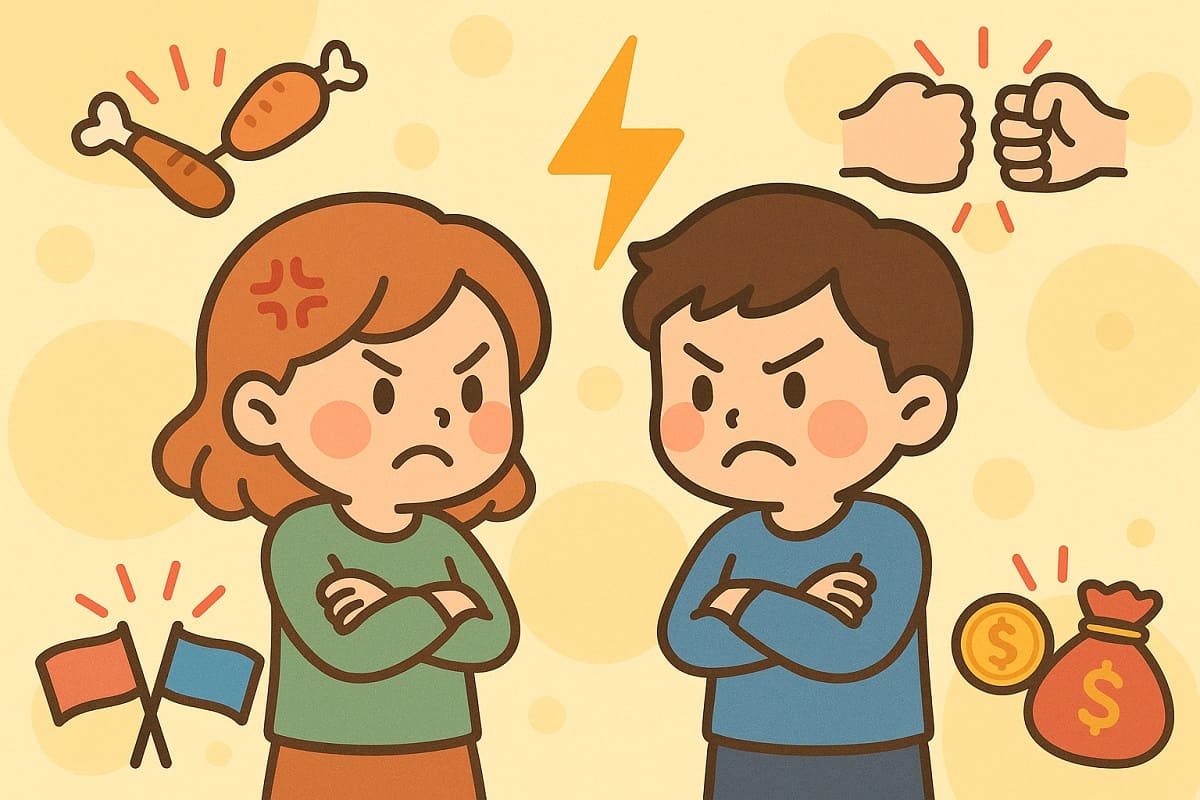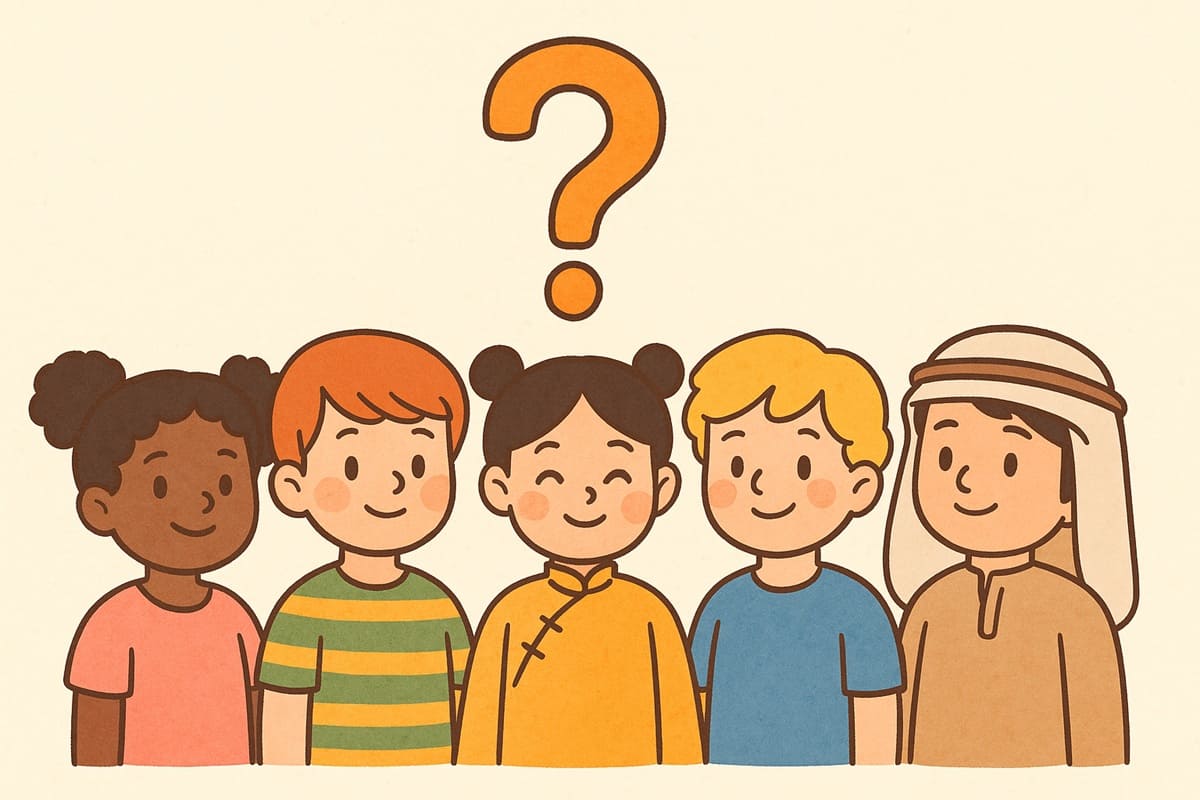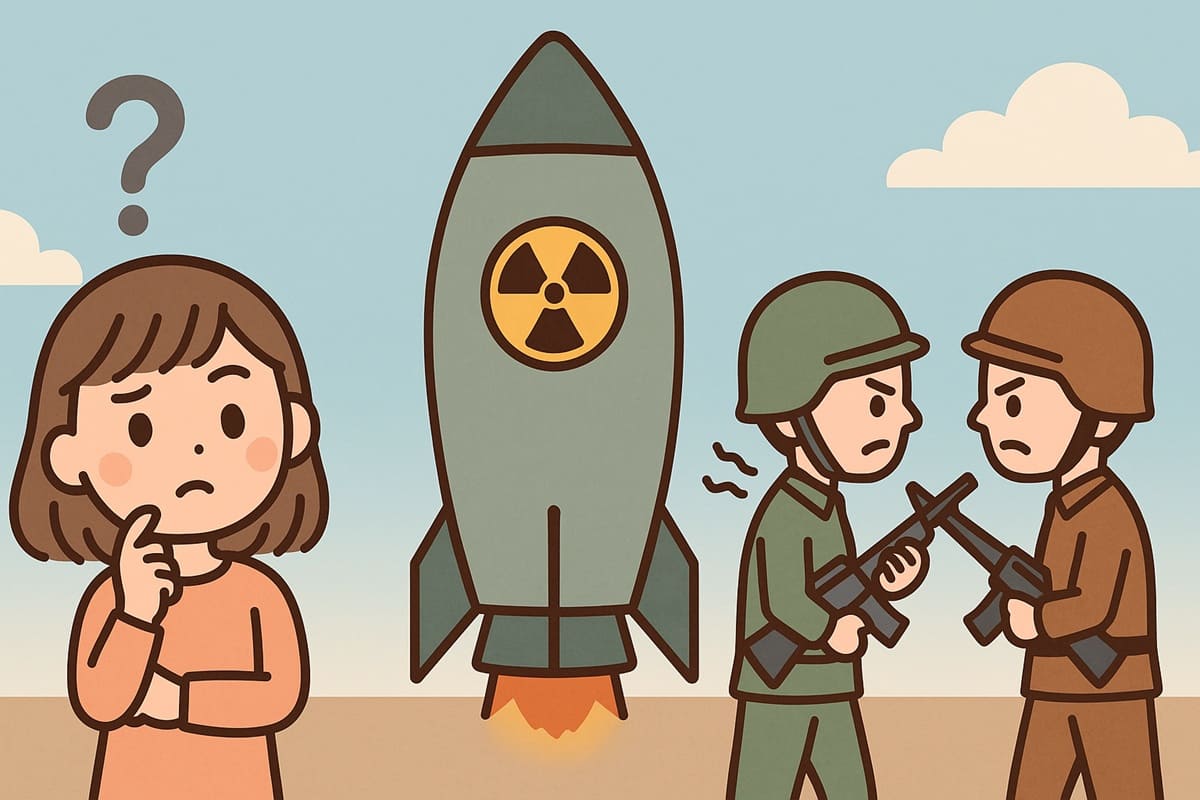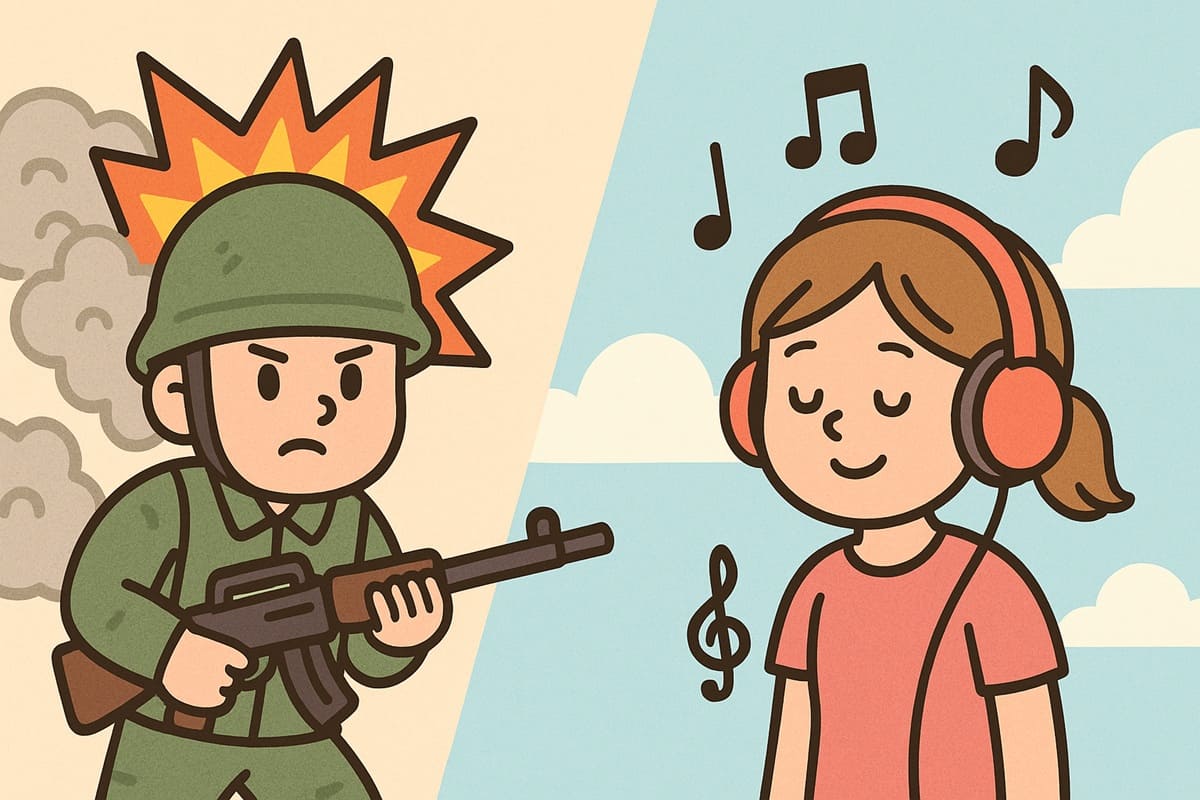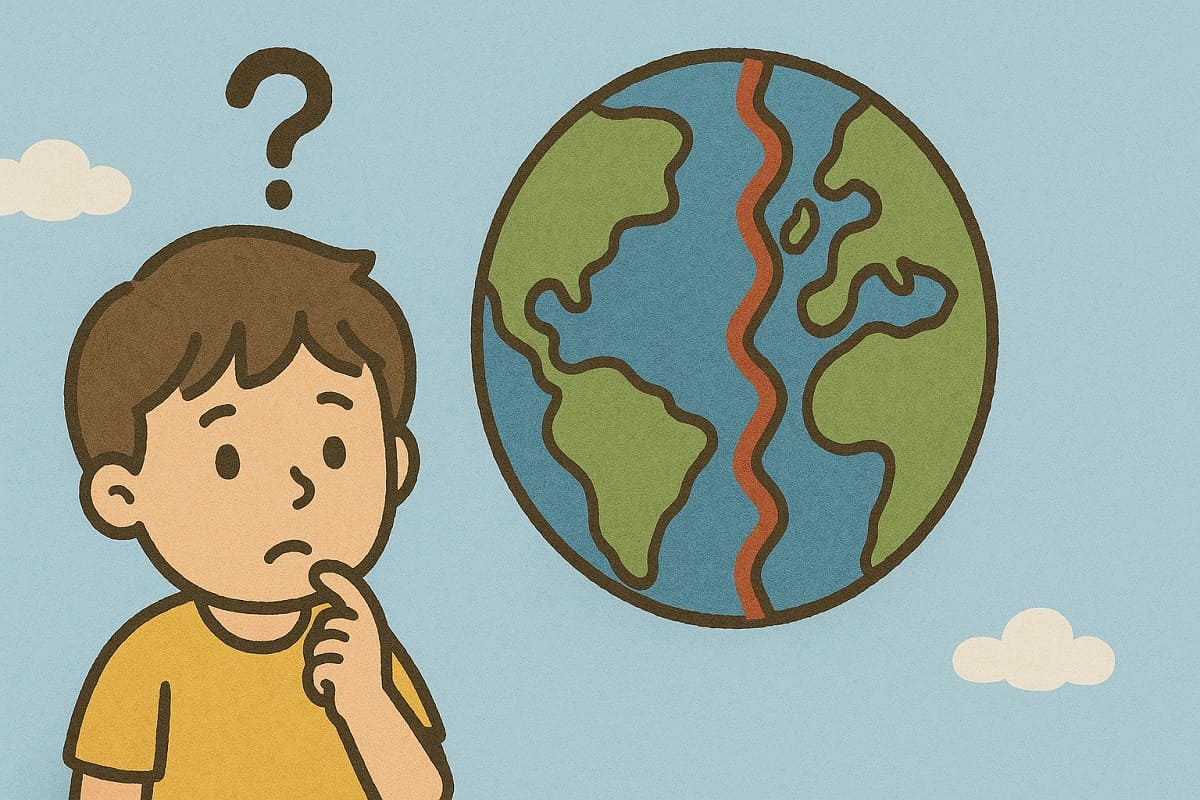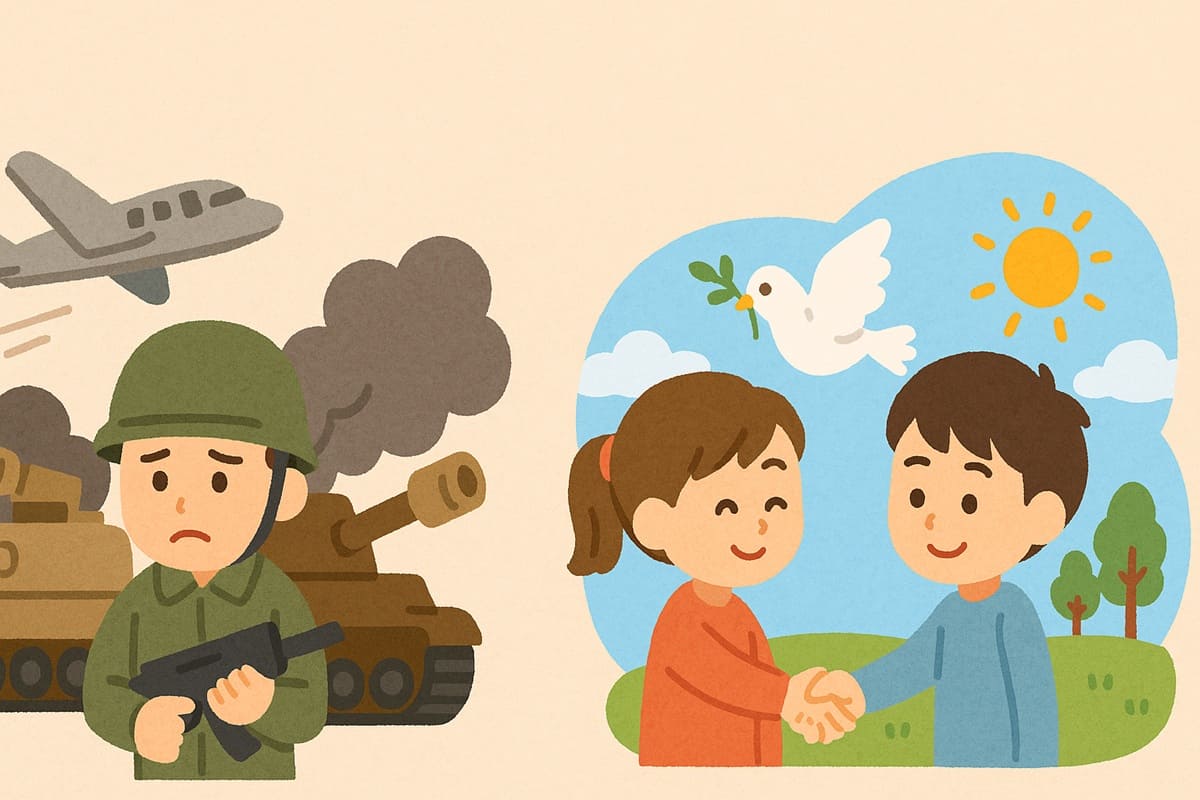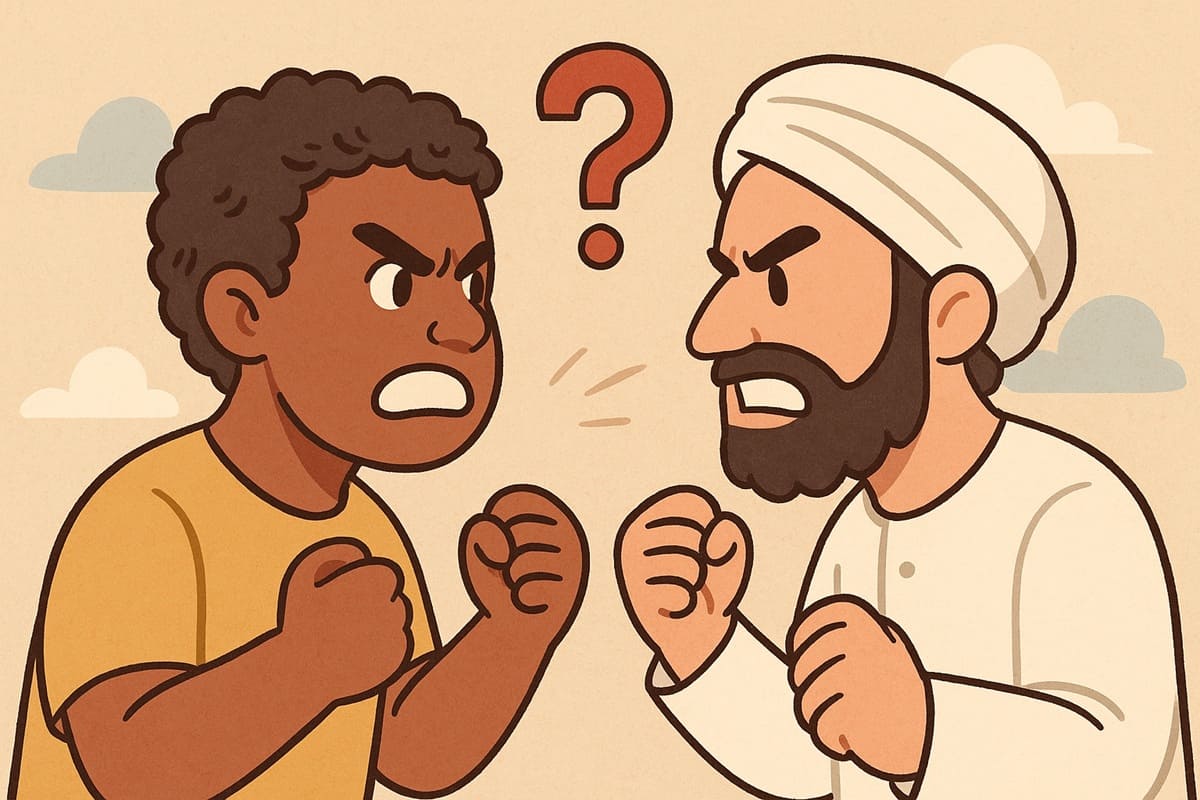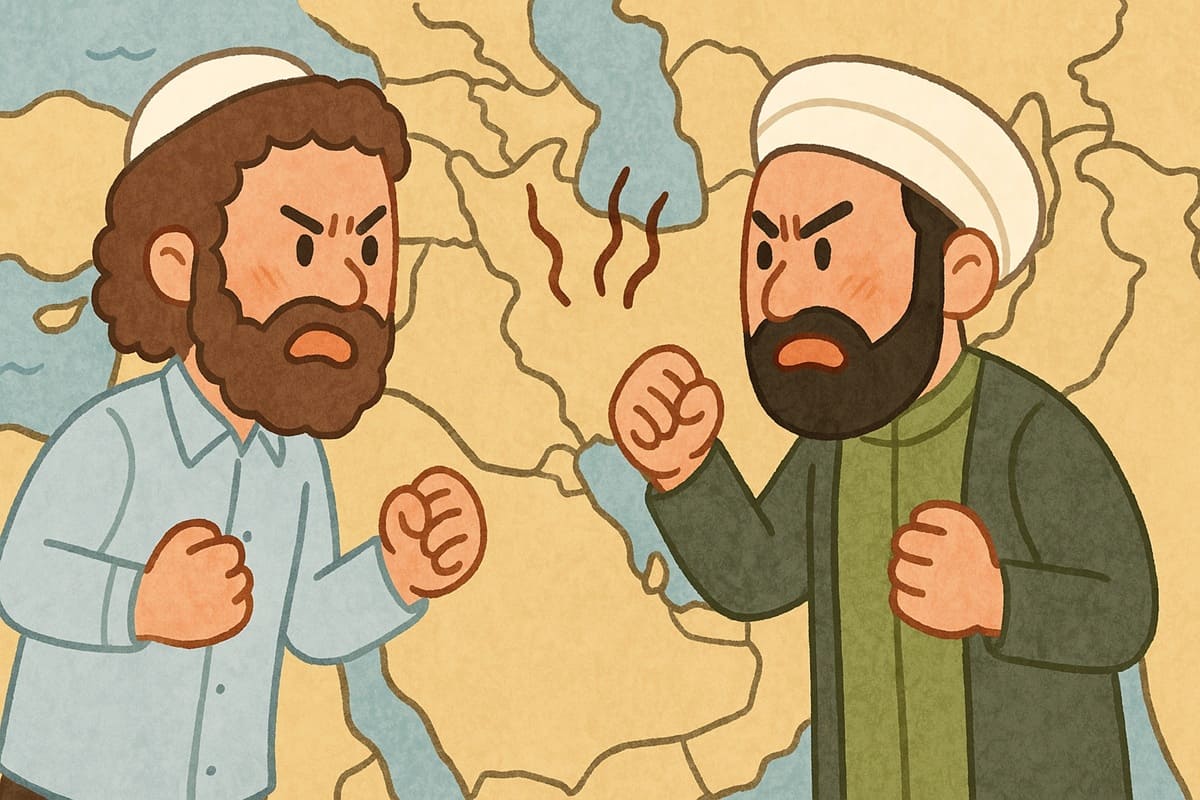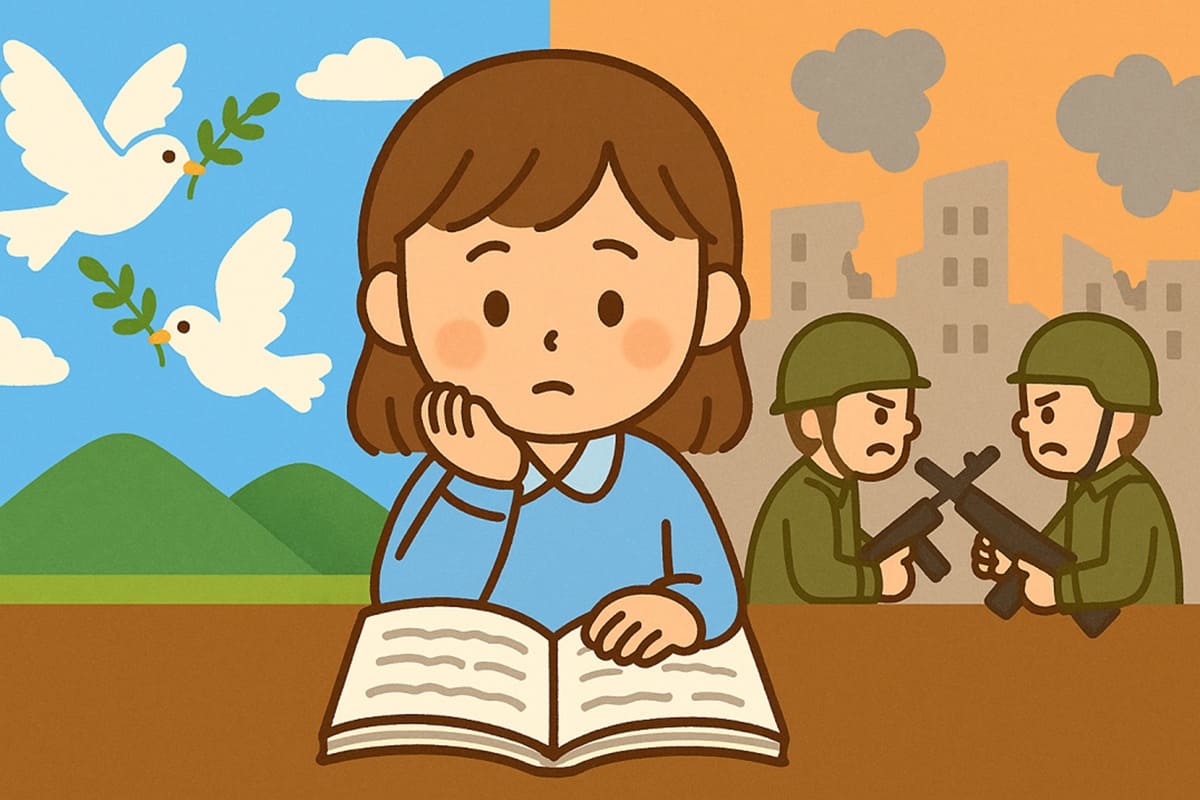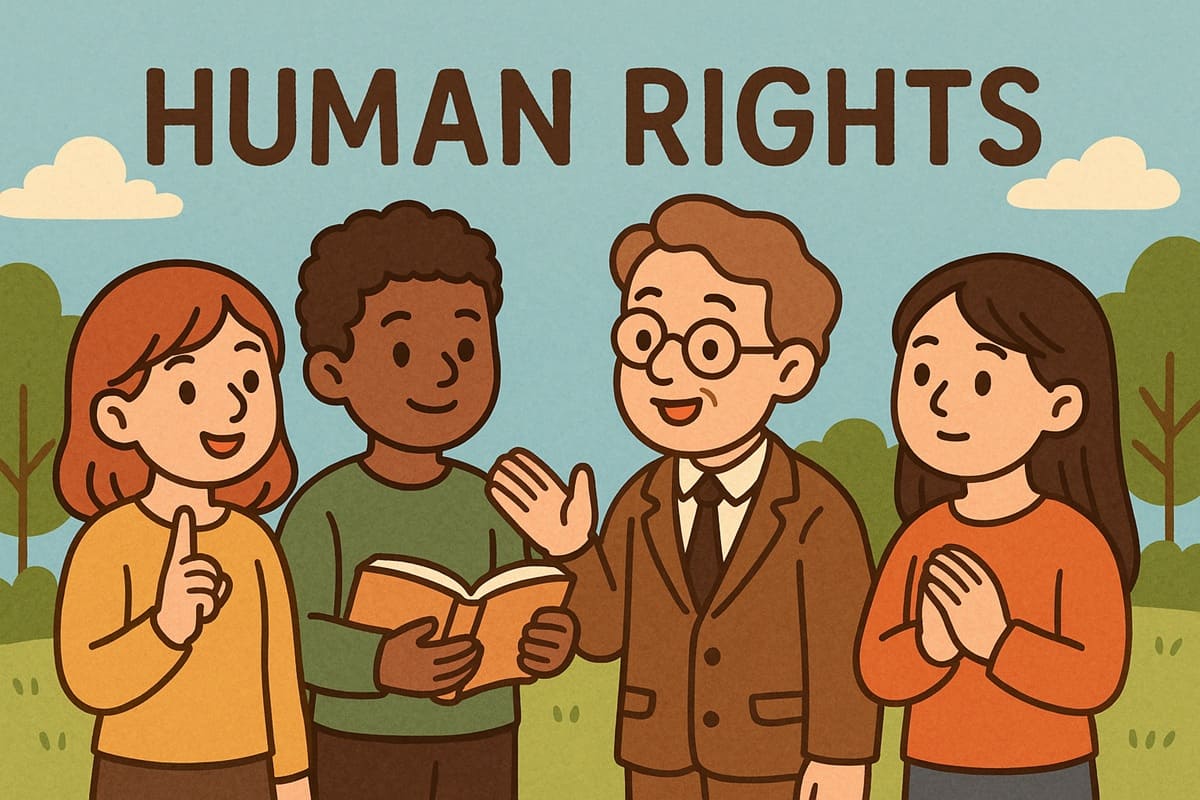What Is PeaceTech? Let’s Use Technology for Peace
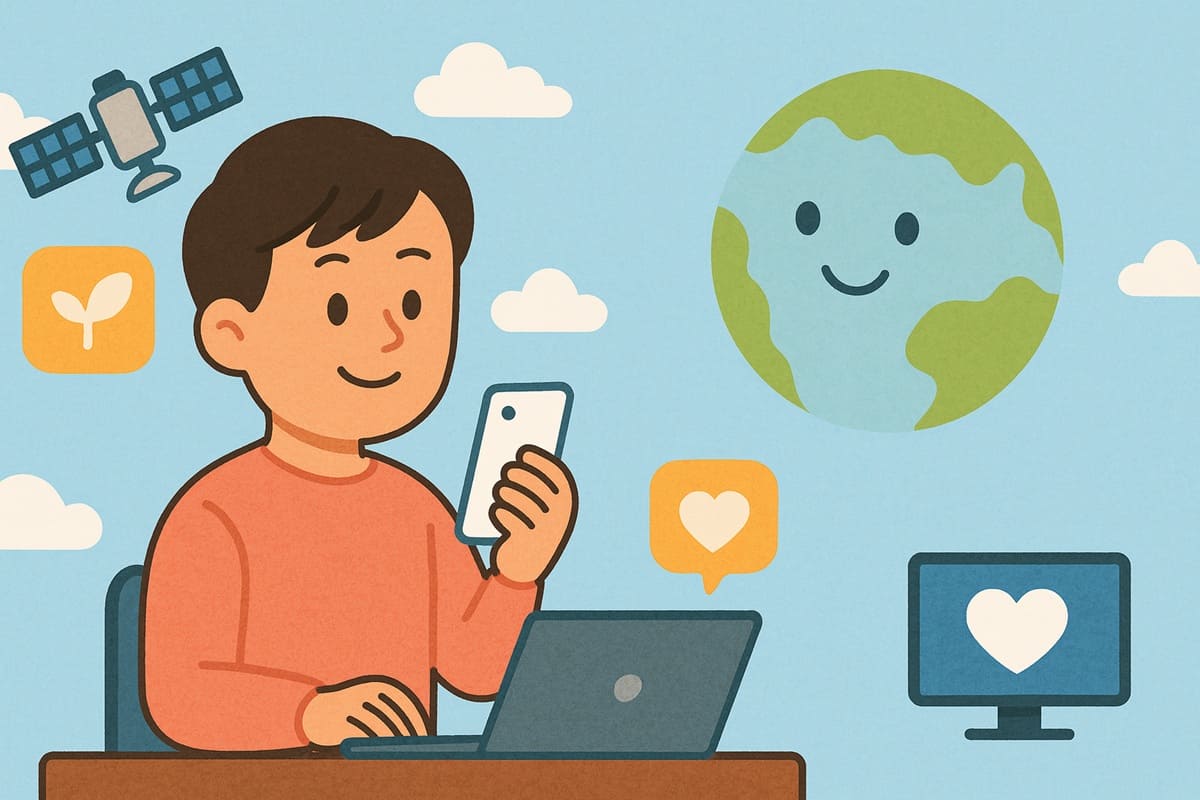
When you hear the word “technology,” what comes to mind? Smartphones, AI, robots, drones… These are all now essential parts of our daily lives.
But did you know there are ways to use these technologies to help build world peace? That’s exactly what the concept of PeaceTech is all about.
What Is PeaceTech?
PeaceTech refers to using technology to prevent wars and conflicts or to build peace.
Here are a few examples:
- Using satellite imagery and AI to predict regions at risk of conflict
- Spreading peaceful messages via social media
- Managing food aid for refugees safely using blockchain technology
In short, it’s the idea of using technology not as a tool to spread conflict, but as a tool to eliminate it.
How PeaceTech Began and Spread
The PeaceTech movement began in the United States in 2008. The U.S. Institute of Peace (USIP) formed a “PeaceTech team,” and in 2014, the specialized organization PeaceTech Lab was established.
Since then, institutions like Stanford University, universities in Europe, and NGOs have joined the movement. Today, even the United Nations and various national governments are paying close attention to the field.
What Kinds of Technology Are Used?
The range of technologies used in PeaceTech is broader than you might think.
● Communication Tools and Social Media
Radio, SMS, and platforms like LINE and X (formerly Twitter) are used to share information that prevents conflict and encourages dialogue.
● AI and Big Data
AI analyzes social media posts to detect violent language or early signs of conflict.
● Drones and Satellites
Drones can monitor conditions in refugee shelters, and satellites can observe ceasefire zones.
● Blockchain
Blockchain is used for secure distribution of aid and money. In Jordan, for example, a system allows refugees to receive food using iris scans.
● Virtual Reality (VR)
Some simulators let users experience peace education through virtual environments.
Global PeaceTech Case Studies
Let’s look at some real-life examples of PeaceTech in action:
【1】Preventing Conflict: Early Warning & Information Sharing
■ Ushahidi / Kenya
In Kenya, elections often led to violence. In response, a civic tech group created Ushahidi, a web-based platform where people could report violence and fraud via smartphones and the internet. These reports were displayed on a map in real time.
This allowed people to see where danger was occurring and helped prevent further violence.
■ Sisi ni Amani / Kenya
Also in Kenya, a project called Sisi ni Amani sent peace-themed messages via SMS to stop rumors and fake news from spreading during times of unrest.
Even those without access to TV or the internet received accurate information, reducing panic.
■ AI & Social Media Monitoring
Recently, more projects have emerged that use AI to monitor platforms like X and Facebook. These systems can automatically detect and flag dangerous statements and hate speech.
Like a “peace sensor,” they detect rising tensions before they explode.
【2】Supporting Post-Conflict Peace: Dialogue and Transparency
■ Drones and Satellites for Ceasefire Monitoring
After conflicts end, drones and satellites help monitor whether ceasefires are being respected—even in dangerous areas where humans cannot safely enter.
These technologies serve as the “eyes” of peacekeeping forces like the UN Peacekeeping Operations (PKO).
■ Recording Violence with Social Media and Sensors
When videos of attacks are posted online, there are systems in place to securely store this data so it can later be used as legal evidence.
【3】Frontline Humanitarian Support: Evolution of Humanitarian Tech
■ WFP “Building Blocks” / Blockchain
In Jordanian refugee camps, the World Food Programme (WFP) uses blockchain to track food aid for each individual. Refugees scan their irises at local stores to receive food instead of cash.
This prevents fraud and waste, and greatly improves efficiency.
■ Delivering Medicine by Drone
In mountainous or dangerous areas, delivering medicine or food is challenging. Drones, guided by GPS, can deliver supplies quickly and efficiently along the shortest routes.
■ Remote Education & Telemedicine
Programs are being developed to enable children in refugee camps to attend school or consult doctors remotely via the internet.
Challenges of PeaceTech
While technology offers many bright possibilities, it also comes with risks:
- Misuse: Social media can spread fake news and hate speech.
- Inequality: People without access to smartphones or the internet may be left behind.
- Privacy: Mass collection of personal data for monitoring could be misused.
Addressing these issues is essential for PeaceTech to develop responsibly.
Conclusion
PeaceTech is still a new and evolving initiative. But if people around the world work together to use technology for peace, we may be one step closer to a future without war or violence.
“Wow, technology can be used for peace too!”
That small realization could be the first step toward changing the world.
Main References
- PeaceTech Lab. (n.d.). PeaceTech: What Is It?
- The GovLab. (n.d.). What is PeaceTech?
- Toda Peace Institute. (n.d.). 25 Spheres of Digital Peacebuilding and PeaceTech
- Forbes Japan. (2021). Can Technology Save the World? The Possibilities of PeaceTech.
- United Nations. (2020). Impact of Digital Technologies.
